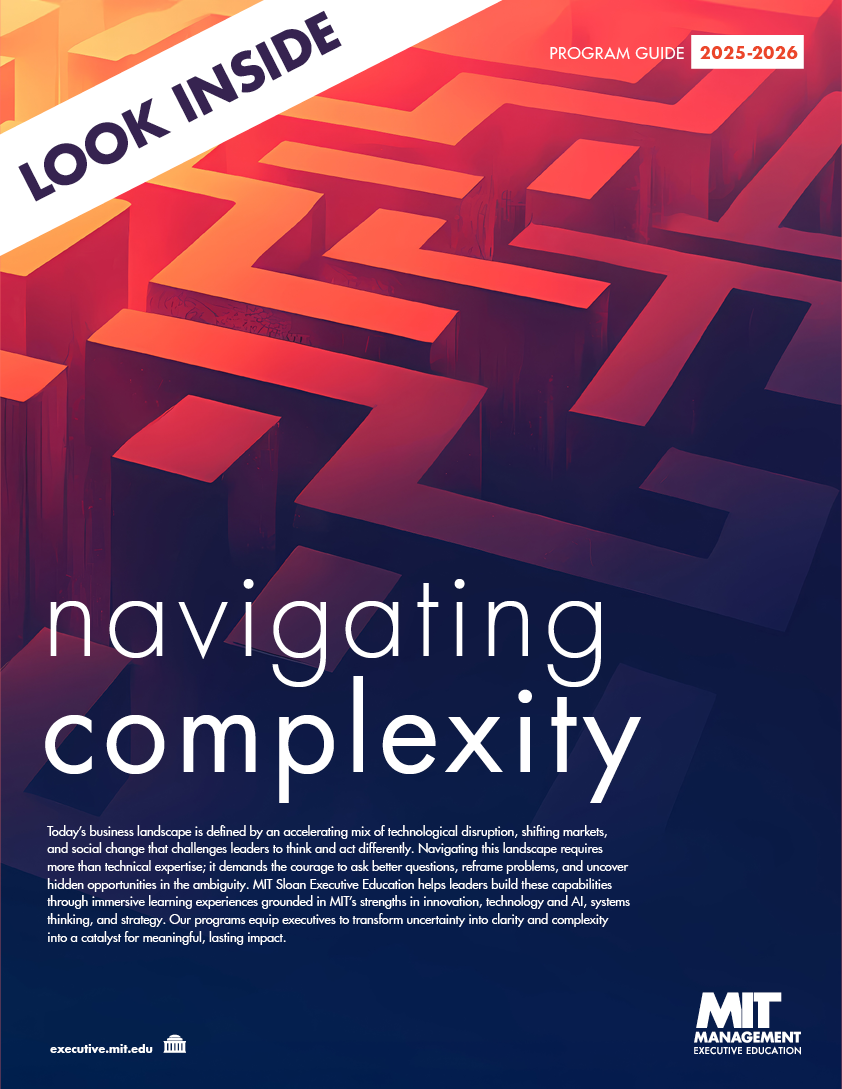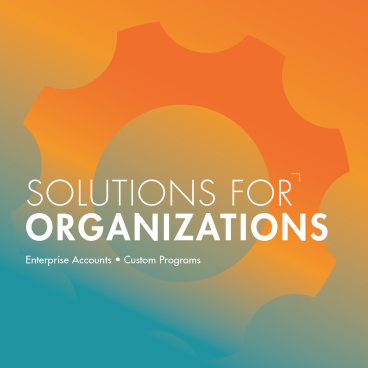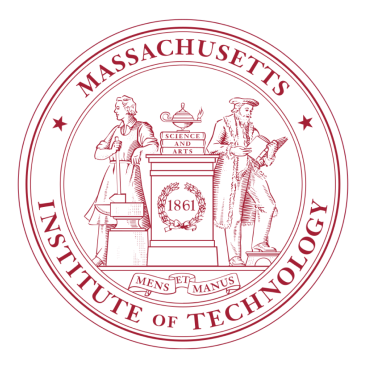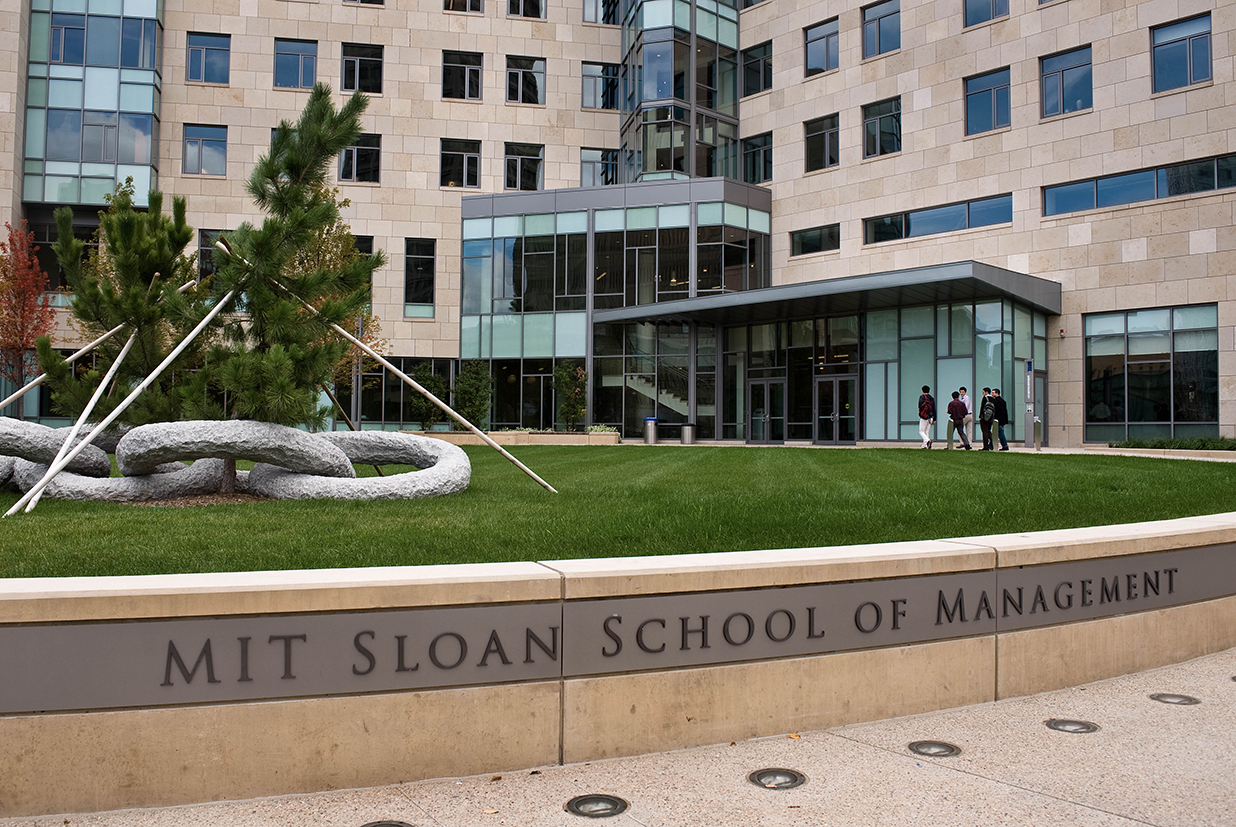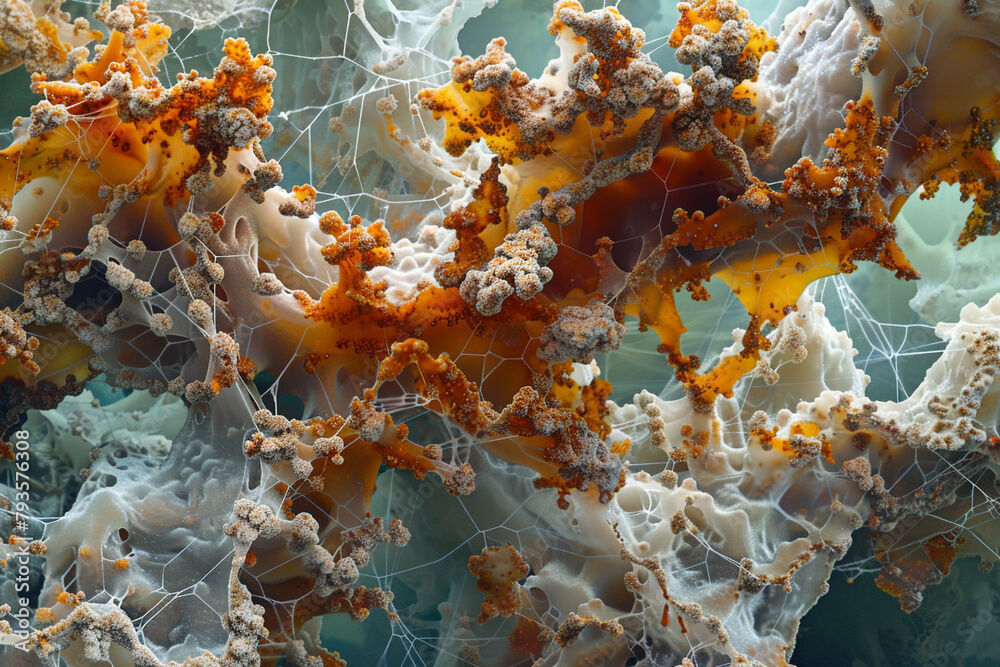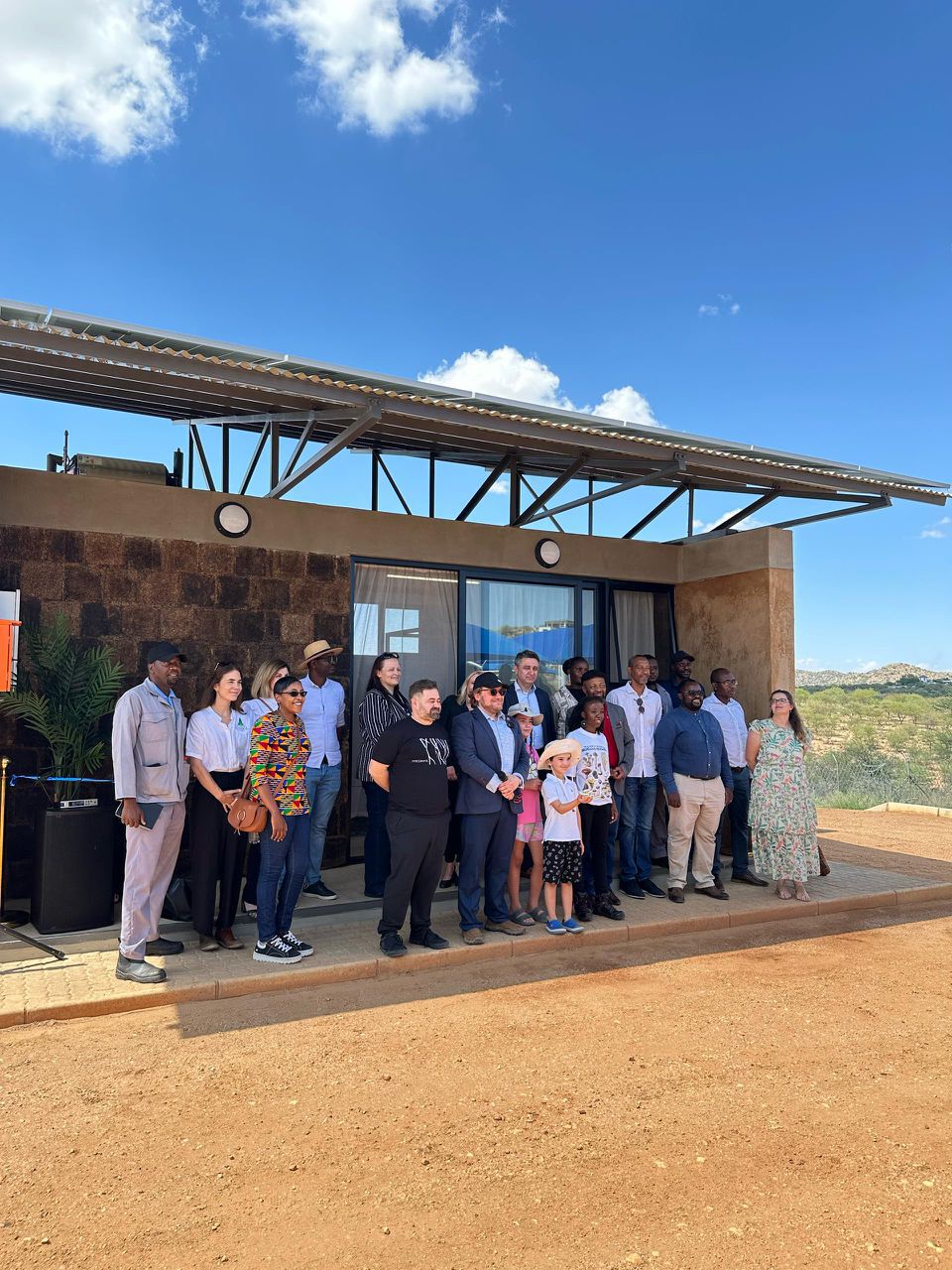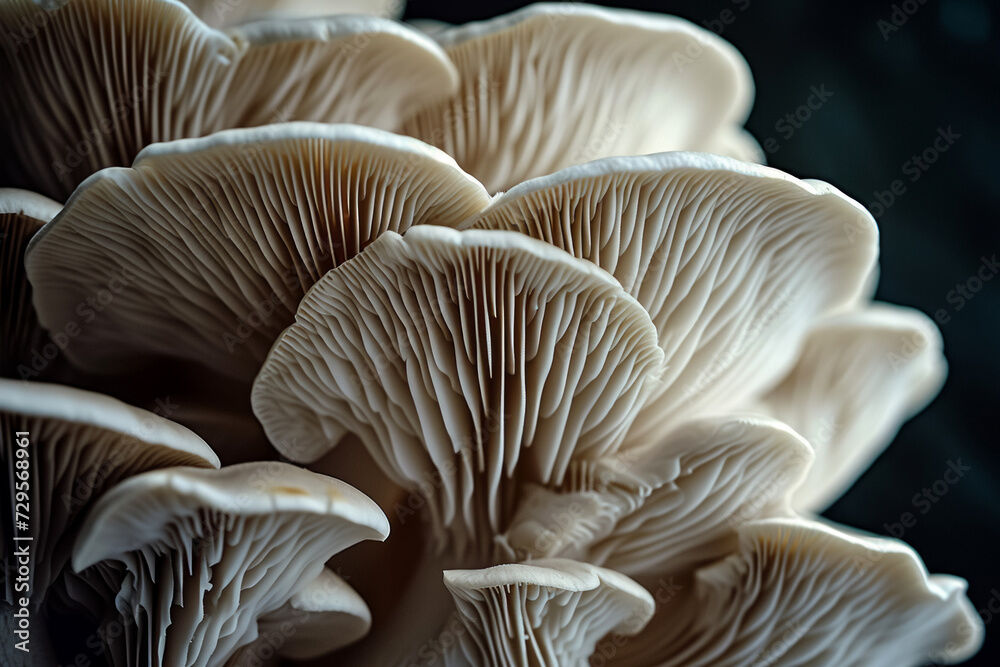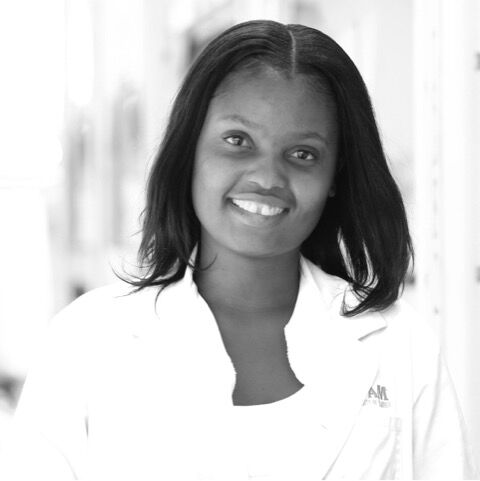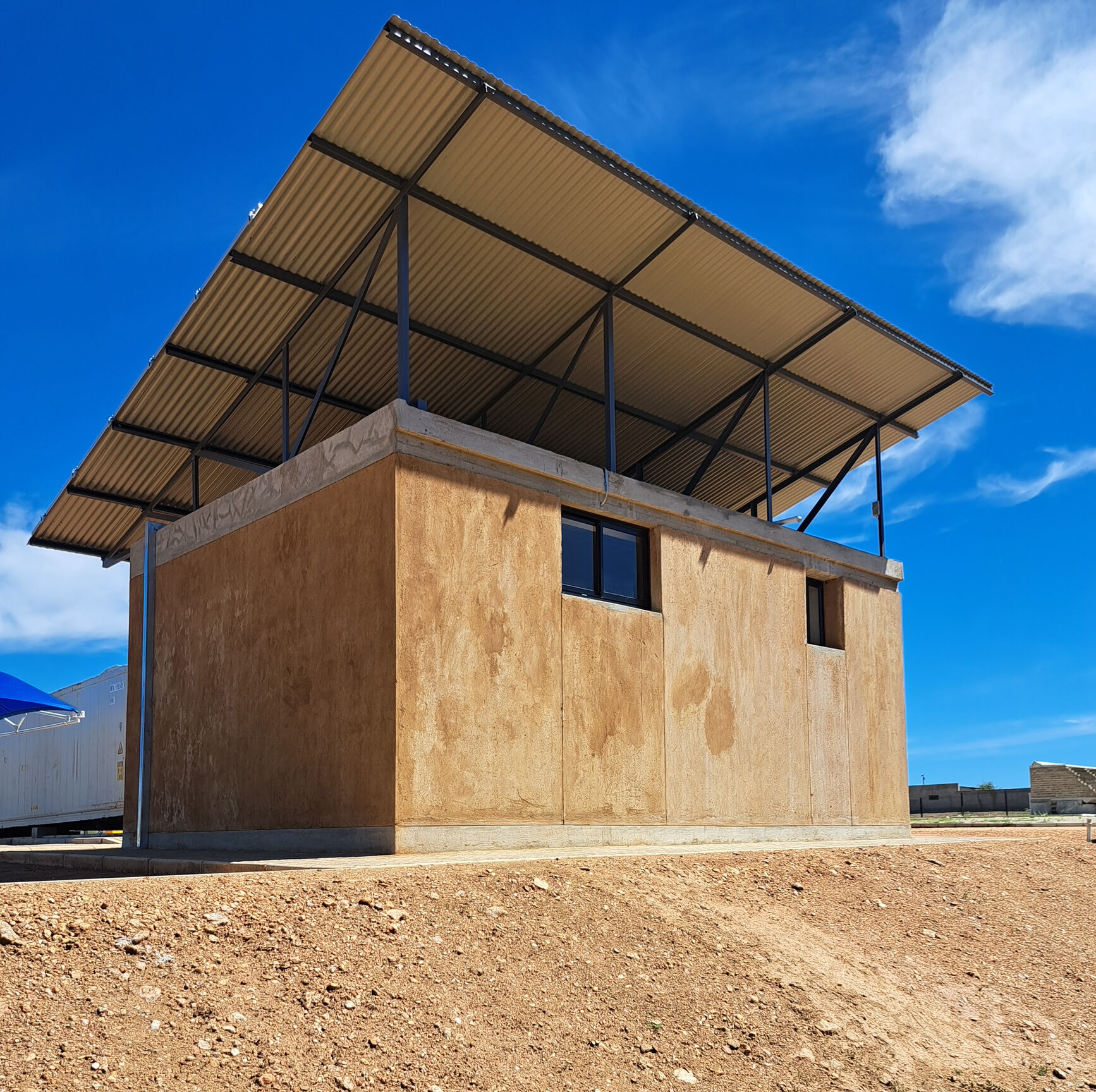Earlier this year, MycoHAB welcomed visitors to a house made entirely of bricks produced locally using only agricultural waste products and the natural process of mycelium growth. More precisely, MycoHouse 1.0 is made of MycoBlocks—a durable substance produced from the root system of oyster mushrooms (mycelium) digesting invasive encroacher bush, resulting in nutritious, delicious, and lucrative mushrooms as a natural byproduct. “This is a humble structure but a historic milestone for environmentalism, architecture, and bio-fabrication,” MycoHAB stated on its website. The livable, one-bedroom house may look humble indeed but the multinational effort and collaboration that made it possible are nothing less than monumental.
MycoHAB grew out of the BioHAB initiative, a joint effort among the Johannesburg-headquartered Standard Bank Group (SBG), the Massachusetts Institute of Technology Center for Bits and Atoms, MIT Label Free Research Group, and the architecture firm redhouse studios based in Cleveland, Ohio. The initiative aimed to grow a sustainable economic and social ecosystem in Namibia, the African country grappling with profound socio-economic challenges including widespread homelessness and malnutrition.
Addressing humanitarian problems with innovation and technology
The MycoHAB is constructed using mycelium to grow materials to build shelter, grow food, and provide a source of income and professional training for its residents, all while fighting one of the country’s most intransigent agricultural and economic problems—bush encroachment. All this happens naturally, as each result is a byproduct of the other. Using bio-based methods first explored by NASA’s Mars NIAC program for growing habitats on Mars, BioHAB’s mycelium thrives on the substrate of the encroacher bush, while requiring very little water and no additional nutrients, fertilizers, pesticides, or herbicides. People who grow and harvest the mushrooms can use them to eat or sell.
Moreover, MycoHAB offers valuable training to a new generation of professional and amateur mushroom growers with hands-on classes in Namibia and at MIT. This technology can be used to make versatile mycelium-based structures, furniture, fittings, insulation and packaging for consumer products—all produced in a carbon-negative process. At the end of their useful life, these materials can eventually be disposed of without polluting the environment by being turned into natural fertilizer.
Growing prosperity by investing in sustainability, one brick at a time
The MycoHAB ecosystem evolved from a highly successful employee corporate social responsibility program named “Buy-A-Brick” launched by Standard Bank Namibia (SBN) and focused on helping alleviate homelessness in the country. Launched in 2016 by the SBN employees to celebrate the bank’s 100th birthday, the initiative set out to mark the bank’s legacy in the country by making a meaningful contribution to the wellbeing of Namibians, more than a quarter of whom live in precarious, unsafe conditions.
The Buy-a-Brick initiative aims to address the plight of no-to-low-income Namibians living in informal settlements. Funds collected through the bank’s philanthropic efforts are distributed to the Shack Dwellers Federation of Namibia, which assists these communities in building houses that they can call home. Buy-a-Brick has provided a foundation for the launch of BioHAB, MycoHAB’s precursor. So far, 100 percent of all proceeds (all revenue, not just the profits) from the sale of mushrooms harvested at the MycoHAB site on the outskirts of Windhoek, Namibia, have been donated to the Buy-A-Brick Foundation via SBN.
Engaging in a bold approach to corporate social responsibility
“We hope to proactively help societies to leverage technological innovation and digital fabrication to benefit communities and individuals. In doing so, we believe that we will ultimately be investing in our customers of the future and ‘growing’ our future customer base,” explained Carolyn Kirksmith, then a senior executive at SBG and the primary sponsor of the collaboration on the SBG side. Kirksmith was a key originator of the idea and its tireless champion, co-inventing the first and second MycoHAB relevant patents filed by MIT together with Dr. Andreas Mershin, physicist, research scientist, and, at the time, the director of the MIT Label Free Research Group, and Chris Maurer, currently Chief Architect of MycoHAB and then the lead contractor for the MIT Label Free Research Group during the Standard Bank Group-sponsored research project hosted by the Center for Bits and Atoms 2020-2023.
“Africa is our home,” said Kirksmith. “Our strategy is to be an African-focused, client-centered, digitally-enabled financial services organization that helps drive Africa’s growth and create value for all our stakeholders. We are acutely aware that our business activities have social, economic, and environmental impacts on the economies and communities where we work. From our years of experience operating on the African continent, and through our deep local knowledge, we know that understanding these challenges is not enough. We need to find innovative solutions that make the best use of scarce resources in new and sustainable ways that enrich and benefit local communities wherever possible.”
Recognizing opportunities and making connections
Kirksmith first had the idea after she visited MIT’s Center for Bits and Atoms’ Label Free Research Group with a team of Standard Banking Group colleagues. Top executives from over twenty SBG offices across Africa were part of a custom Executive Education program at the MIT Sloan School of Management. Mershin created a session for MIT Sloan Executive Education titled “Lab-to-Market, the MIT Way,” which made a profound impression on the bank’s executives and planted the first spore from which MycoHAB grew.
Mershin was skeptical at first about partnering with a bank, but Kirksmith and the broader senior executive team’s enthusiasm and dedication to making the idea come to life convinced him. Standard Bank Group became a Principal Member of the MIT Center for Bits and Atoms, sponsoring Dr. Mershin’s mycelium work with redhouse, MycoHAB and others 2020-2023. MycoHAB formally started operating in Namibia in May 2019.
“The first time I went to Namibia, I got better questions from people in a shack dwellers’ encampment than I’ve gotten from other scientists.”
One of the most pressing concerns for the Namibians living in encampments was fire: how would these mushroom structures handle fire in the arid country? It took Mershin a while to understand that these people’s shacks held all their worldly possessions. And even if they managed to escape a burning house, the little that they owned would be gone. There is no cloud backup, no bank account, and no storage anywhere else. Hearing this reminded Mershin how important it was to talk to people on the ground before applying something that worked spectacularly in the lab.
This experience is a great example of “sense making,” a practice Kirksmith and her bank colleagues mastered during their Executive Education program at MIT Sloan. “When the team was thinking about designing homes for people who were living in the shantytowns, they spent time talking to the people, showing them the technology, telling them what they were planning to do, and asking for their perspective,” said Meg Regan, Senior Director, Executive Programs, and Lecturer in Work and Organization Studies at MIT Sloan.
Pressing on against all odds
Even though the global pandemic forced the team to halt some of its activities and pivot quickly to adapt to a very different world, everyone’s commitment to the success of the program only increased with the mounting risks posed by the spread of COVID-19 to the very same vulnerable populations MycoHAB was meant to serve. While the pandemic forced the MycoHAB team to pause some initiatives, time was not wasted. Instead, they turned their attention to finding ways to ensure that any claims MycoHAB would make—sustainability, environmental, food safety, provenance—could be transparently and legitimately backed through scientific methodologies and data.
As of spring 2020, the MycoHAB site outside Windhoek, Namibia, was completed and mushroom cultivation started. MycoHAB was harvesting approximately 10 kilograms of mushrooms a week and selling them through carefully selected channels, with mushroom production ramping up to now over 14 times the original numbers—with room to expand, optimize, and facilitate the building of the first habitable mycelium structure.
Connections made in Kendall Square span the word
MycoHAB now operates independently from SBG and MIT, with Kirksmith, Mershin and Maurer serving as co-founders. This is just one of the many examples of organizations drawing inspiration from MIT and its global network of extraordinary individuals. Standard Bank Group executives developed deep relationships throughout the Institute and the Sloan School of Management that enabled them to see opportunities in unlikely places and have the mindset to realize the boldest of visions.
Let’s talk about ways your organization could tap into the MIT ecosystem.


